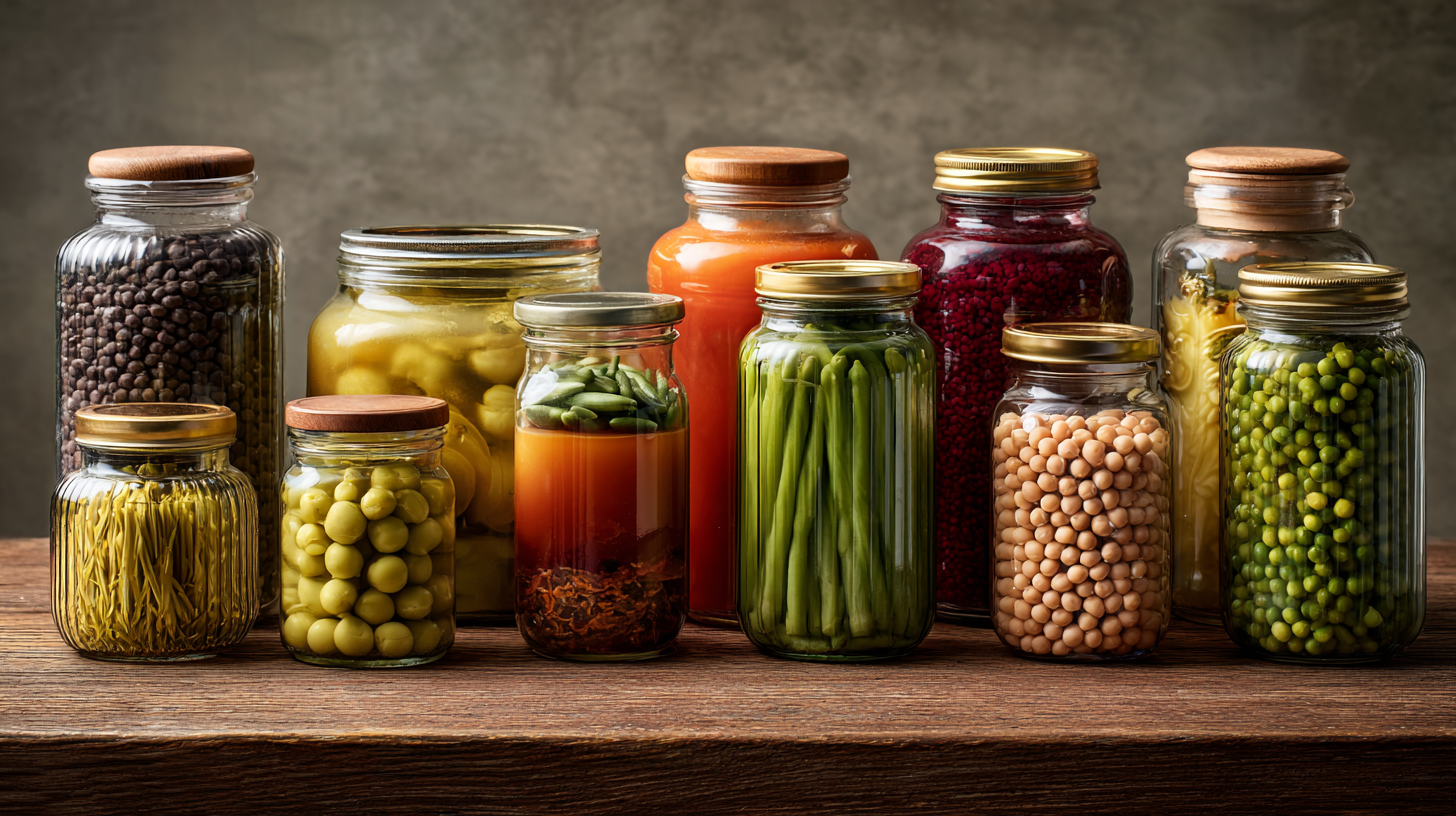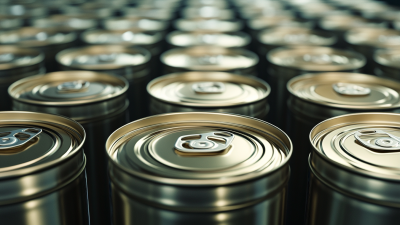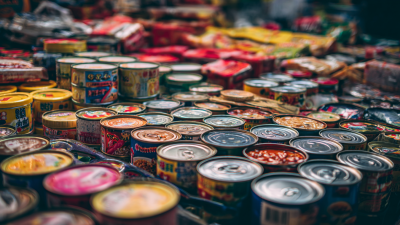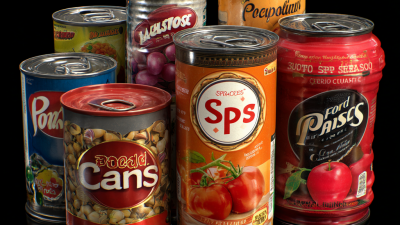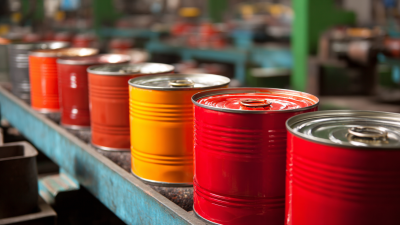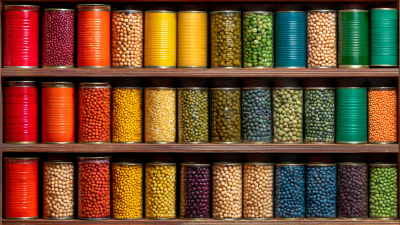 +8618680445103
+8618680445103
Free Standard Samples can be provided for you to check the quality.
Leave Your Message
In recent years, the use of Food Cans has surged, becoming an integral part of our diets and food supply chains. According to a report by the Food and Agriculture Organization (FAO), canned foods retain their nutritional value for years, with over 90% of vitamins and minerals preserved during the canning process. This innovative preservation method not only extends shelf life dramatically—often up to five years or more—but also locks in flavor, making it a practical choice for consumers looking for convenience without sacrificing quality. The canning process involves high heat, which destroys foodborne bacteria while sealing in the food’s natural nutrients. As food insecurity rises globally, the role of food cans in providing accessible, nutritious options becomes increasingly vital, underscoring their importance in modern food systems. This article delves into the science behind Food Cans, exploring how they effectively preserve nutrition and flavor while contributing to a sustainable food future.
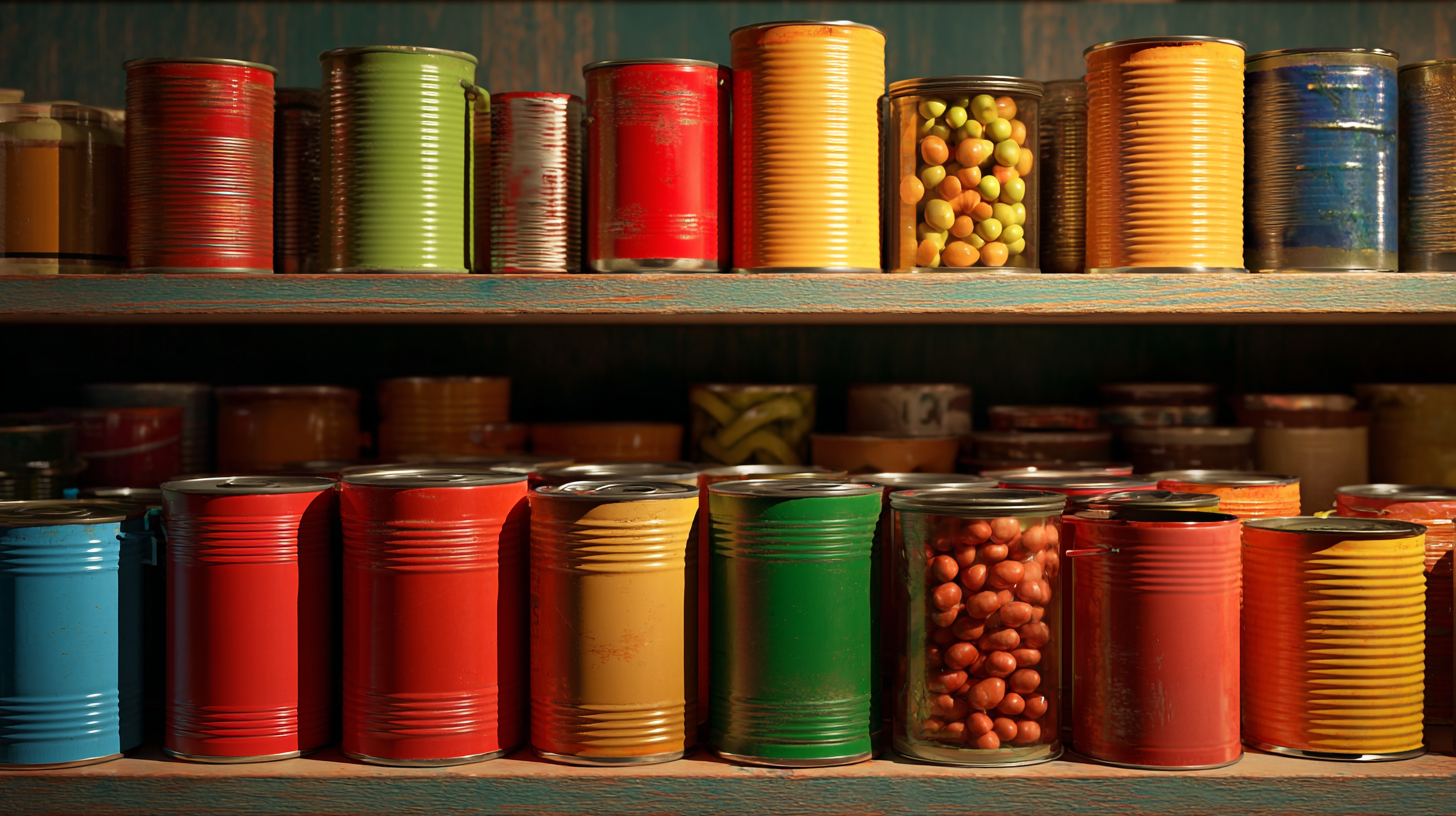
Canning is a method that has stood the test of time, primarily due to its effectiveness in retaining the nutritional value of food. When fruits and vegetables are harvested at their peak freshness and quickly canned, they retain a significant portion of their vitamins and minerals. Research indicates that canning can preserve nutrients, such as Vitamin C and various B vitamins, at levels comparable to fresh produce stored for extended periods. The process effectively seals in nutrients, preventing enzymatic reactions that lead to degradation.
Furthermore, the science behind food canning involves the application of heat, which not only eliminates harmful microorganisms but also helps preserve flavor compounds. This means that while fresh produce may lose nutrients over time, canned alternatives maintain their quality. Nutritional analyses show that many canned foods contain similar or higher levels of certain nutrients compared to their fresh counterparts that have been stored for weeks. This makes canning a valuable method in ensuring that we have access to nutritious options year-round, especially in areas with limited access to fresh produce.
Canned foods often surpass fresh foods in terms of shelf life, a significant advantage for both consumers and retailers. According to a report by the United States Department of Agriculture (USDA), canned vegetables can typically last up to 2-5 years, while fresh counterparts may only last a week to a few weeks, depending on the type. Similarly, canned fruits can maintain quality for up to 1-2 years, whereas fresh fruits often have a shelf life of just a few days. This extended longevity is due to the sealing process in canning, which prevents exposure to air and microorganisms that cause spoilage.
When it comes to nutrition, studies have shown that canned foods retain much of their nutrient content. The Institute of Food Technologists notes that canning often preserves vitamins and minerals better than fresh foods stored over time. For instance, canned tomatoes can contain similar levels of lycopene, a beneficial antioxidant, as fresh ones. Hence, choosing canned foods can be a practical way to ensure you have access to nutritious options without the risk of rapid spoilage.
**Tips**:
1. Always check for dents or rust on cans before purchasing, as these can indicate compromised safety and quality.
2. Store canned goods in a cool, dry place to maximize their shelf life, and rotate your stock to use older items first.
Canned foods have long been a staple in households around the world, not only for their convenience but also for their ability to retain flavor and nutrition. The science behind flavor preservation in canned foods involves several critical techniques. One of the most effective methods is the use of high-temperature processing, also known as canning sterilization. This process eliminates microorganisms and enzymes that can cause spoilage and loss of flavor, ensuring that the food maintains its natural taste and nutritional integrity over time.
Another key technique is the use of vacuum sealing, which prevents oxidation and reduces the amount of air in the can. By minimizing exposure to oxygen, canned foods are less likely to undergo chemical reactions that can lead to off-flavors and nutrient degradation. Additionally, many canned products utilize natural preservatives, such as citric acid or ascorbic acid, derived from fruits and vegetables. These compounds not only enhance flavor but also act as antioxidants, safeguarding vitamins and minerals present in the food. Together, these scientific techniques ensure that canned foods deliver both the flavors and nutritional benefits that consumers expect.
| Nutrient | Canned Preservation Method | Flavor Retention | Shelf Life (Years) |
|---|---|---|---|
| Vitamin C | Heat Treatment | Moderate Retention | 2 - 3 |
| Fiber | Sealing in Airtight Cans | High Retention | 3 - 5 |
| B Vitamins | Controlled Pressure Cooking | Good Retention | 1 - 2 |
| Minerals (Iron, Calcium) | Low Temperature Pasteurization | High Retention | 5 - 7 |
| Antioxidants | Inert Gas Flushing | Excellent Retention | 2 - 4 |
Canning is a method of food preservation that has a significant impact on nutritional density, ensuring that essential vitamins and minerals remain intact. During the canning process, food is heated to kill bacteria and enzymes that can cause spoilage. This rapid heating not only seals in flavors but also helps to retain the nutritional profile of fruits and vegetables. Nutritional studies suggest that canned foods often have comparable levels of vitamins and antioxidants to their fresh counterparts, particularly when they are processed shortly after harvest.
Furthermore, the canning process can actually enhance the availability of certain nutrients. For example, lycopene in tomatoes becomes more accessible after canning due to the breakdown of cell walls during the heat treatment. This means that canned tomatoes can provide a greater nutritional benefit than fresh tomatoes in certain scenarios, especially when fresh produce is out of season. Additionally, the durability of canned foods makes them a reliable source of nutrition, reducing food waste and allowing consumers to maintain a healthy diet even with limited access to fresh produce.
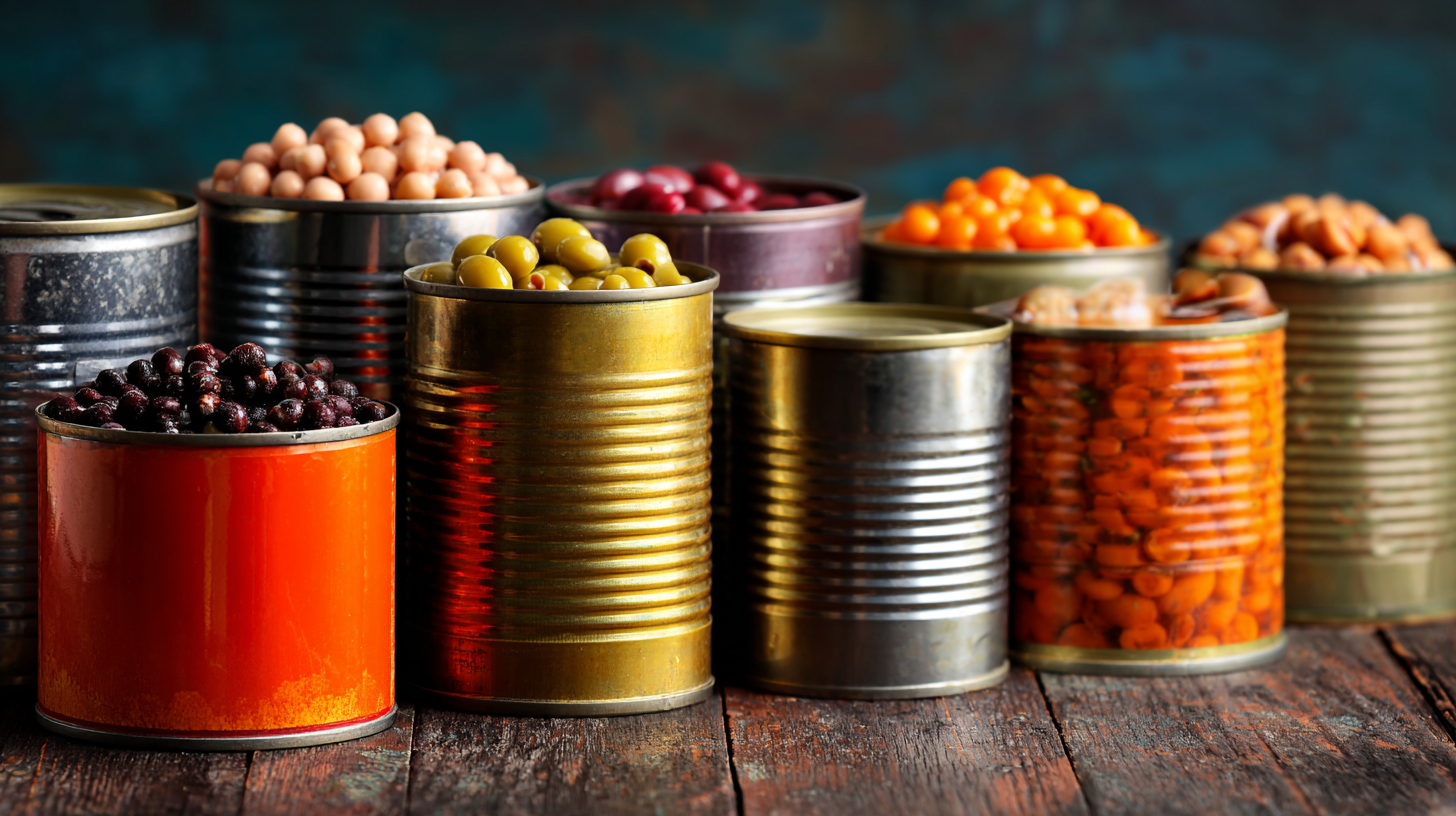
Canned foods are often overlooked in discussions about sustainability, yet they offer numerous environmental benefits that can help reduce waste and conserve resources. According to the Canned Food Alliance, canned fruits and vegetables can be stored for years without spoiling, minimizing food waste. In fact, nearly 40% of food in the United States goes uneaten, which not only wastes resources but also contributes to greenhouse gas emissions. By choosing canned options, consumers can significantly lower their environmental footprint.
Additionally, the production of canned foods requires less energy compared to fresh produce, especially when it comes to transportation. A study from the Institute of Food Technologists found that canned goods typically travel shorter distances due to longer shelf lives, which reduces carbon emissions. This efficiency in packaging and transportation is crucial in a world striving for sustainability.
Tips: When selecting canned foods, look for options labeled as BPA-free and organic to prioritize health and environmental safety. Also, consider purchasing canned products in bulk to decrease packaging waste. Finally, don’t forget to recycle the cans after use; aluminum recycling saves about 95% of the energy required to create new aluminum from raw materials.
